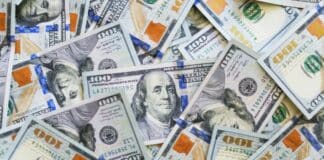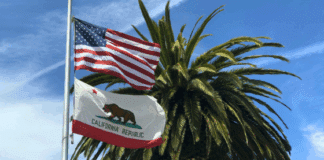Health and Human Services (HHS) Secretary Robert F. Kennedy Jr. is calling on Americans to properly dispose of their prescription medications in honor of National Prescription Drug Take Back Day, observed on April 26. In a video posted on X, Kennedy stressed the dangers of improper disposal methods, particularly flushing medications down the toilet.
Kennedy warned that flushing prescriptions can contaminate the water supply: “We don’t fully know the effects of low levels of birth control hormones or antibiotics or chemotherapy agents and so on, in the water, but it’s not good.”
While the FDA does allow certain drugs, such as Vicodin, OxyContin, and Percocet, to be flushed — as listed on its official “Flush List” — it cautions that medications not on the list should never be flushed.
To encourage safe disposal, the Drug Enforcement Administration (DEA) has set up free and anonymous drop-off sites across the country. According to the DEA, National Prescription Drug Take Back Day is about more than just cleaning out medicine cabinets; it is also a critical effort to prevent “medication misuse and opioid addiction from ever starting.”
During the last event in October 2024, the DEA collected an impressive 629,953 pounds — or 314 tons — of unused medications across 4,644 collection sites nationwide.
For those unable to participate on Take Back Day, Kennedy noted that there are permanent drug take-back sites available year-round. The FDA also provides detailed guidelines for disposing of medications, needles, and syringes safely.
Earlier this week, Kennedy and FDA Commissioner Dr. Marty Makary announced this week a long-overdue plan to eliminate eight petroleum-based synthetic dyes from the American food supply — ingredients that have quietly made their way into the diets of millions of children and families for decades.
The announcement marks the beginning of a phased approach to removing harmful synthetic food colorings such as Citrus Red No. 2, Orange B, and six others — including the widely used Red No. 40, Yellow No. 5, and Blue No. 1. These dyes have been staples in processed foods like Mountain Dew, Pop-Tarts, and candy — products heavily marketed to children, despite persistent concerns about their safety.





